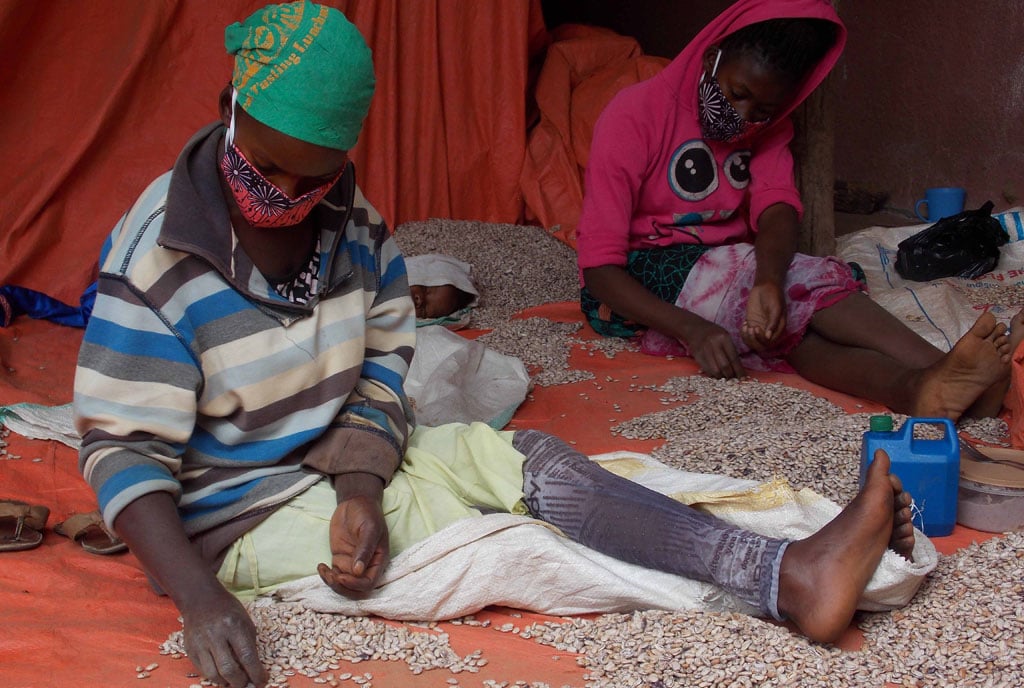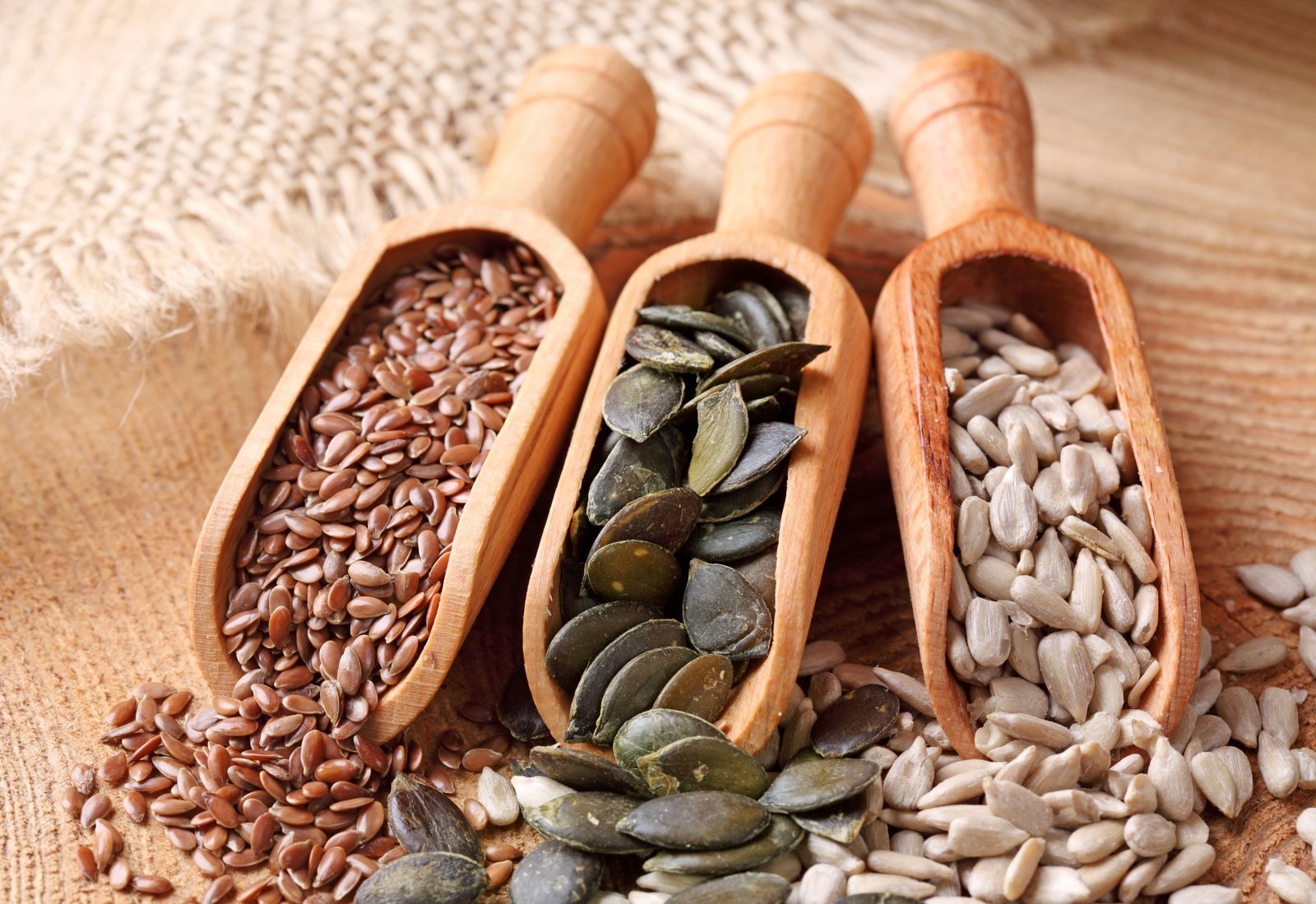
Dr Imelda Kashaija of Naro explains the agronomy of masavu bean variety. PHOTO/ABDUL-NASSER SSEMUGABI
There are various types of beans on the Ugandan market. Beans are an important staple sauce in many Ugandan families, implying that they always have ready market.
White speckled beans commonly known as ‘masavu’or Nakadama in the Central region is one type of bean that can make you quick money. Both fresh and dry masavu beans are on high demand. They are the second most traded commodity in East Africa.
Beans are a natural source of protein, carbohydrates, micro-nutrients mostly B vitamins, iron, calcium and zinc. The crop offers a good source of balanced nutrition for rural and urban households especially the poor who can barely afford animal protein.
Scientists at the National Crop Resources Research institute developed two bean seed varieties that are rich in iron and zinc with an aim to address the increasing rate of iron deficiencies among children from six months to five years and women of child-bearing age.
The beans named NARO Bean6 and NARO Bean7 can be accessed by farmers through seed companies accredited by the National Agriculture Research Organisation. Such seed companies include Pearl seeds, Equator Seed, Naseco seed company, Sayova among others.
The new beans will also address growing concerns of malnutrition across the country, with only 15 per cent of 6-month to two-year-old children in Uganda consuming the minimum acceptable diet, as measured, added Nelly Birungi, Nutrition Specialist, Unicef Uganda.
A recent report by Unicef “Undernourished and Overlooked: A Global Nutrition Crisis in Adolescent Girls and Women” indicates that malnutrition especially among pregnant women and adolescents heightens the risk of maternal and neonatal mortality and morbidity, low birth weight babies, impeded growth, impaired cognitive development, which all often translates to an intergenerational cycle of malnutrition,”.
Nutrition
This has led to a call for nutrition and food security mainstreaming in the second budget call circular on finalization of the budget estimates for the financial year 2023/2024, issued on 15 February 2023.
The circular urges the Sub-Programs of Health, Agriculture, Water, Education, Social Development and Trade to identify and implement measures to mitigate against food (in) security and under-nutrition, specifically maternal and child under-nutrition which is the leading cause of stunting today.
A cup of fresh masavu beans costs between Shs2,000 and Shs4,000 while a kilogramme of the same dry beans costs Shs2000 to Shs7,000.
The innovation
Dr Clare Mukankusi is a plant breeder who is working to make beans more nutritious and easier to grow. She works at the Alliance of Bioversity International and the International Center for Tropical Agriculture (or CIAT, from its name in Spanish)—which is part of CGIAR—where she spends her days developing new plant varieties that are more nutritious and easier to grow.
She has devoted her career to creating more reasons to eat and love legumes. In most Ugandan homes, beans are on the table almost daily. They are a major food in hospitals and schools because they are cheap.
However, the varieties grown in Uganda require about three hours of cooking time, yet the cost of fuel is very high since most people use charcoal and firewood to cook them. Cooking with wood creates a lot of smoke, which causes health issues.
Crossbreeding
This is why Mukankunsi came up with traditional crossbreeding techniques to create new varieties with desirable traits to make beans easier to cook and more nutritious. She recently came up with a variety that is ready to eat in as little as 40 minutes.
It also has 15 percent more iron and 10 percent more zinc than a normal bean. Malnutrition and anemia remain big problems in Uganda, especially for children, and such an innovation would help children stay healthy.
Proteins
Beans are a natural source of protein, carbohydrates, micro-nutrients mostly B vitamins, iron, calcium and zinc. The crop offers a good source of balanced nutrition for rural and urban households especially the poor who can barely afford animal protein.

